Cost Efficiency and Operational Benefits
The Drone-Based Gas Leak Detection in Oil and Gas Market offers substantial cost efficiency and operational benefits. Utilizing drones for gas leak detection reduces the need for manual inspections, which can be time-consuming and labor-intensive. Drones can cover large areas quickly, allowing for more frequent monitoring and faster response times to potential leaks. This efficiency translates into lower operational costs and reduced downtime for oil and gas companies. Furthermore, the ability to detect leaks early can prevent costly environmental damage and regulatory fines. As companies seek to optimize their operations and reduce costs, the adoption of drone technology is likely to increase, further propelling market growth.
Regulatory Compliance and Safety Standards
The Drone-Based Gas Leak Detection in Oil and Gas Market is heavily influenced by stringent regulatory compliance and safety standards. Governments and regulatory bodies are increasingly mandating the use of advanced technologies to monitor and mitigate gas leaks, thereby ensuring environmental protection and worker safety. Compliance with regulations such as the Clean Air Act and various local environmental laws necessitates the adoption of drone technology for effective monitoring. As a result, companies are investing in drone-based solutions to meet these requirements, which is expected to drive market growth. The increasing focus on compliance is likely to create a favorable environment for the adoption of drone technology in the oil and gas sector.
Sustainability and Environmental Responsibility
The Drone-Based Gas Leak Detection in Oil and Gas Market is increasingly aligned with sustainability and environmental responsibility initiatives. As public awareness of environmental issues grows, oil and gas companies are under pressure to minimize their carbon footprint and reduce greenhouse gas emissions. Drone technology provides an effective means to monitor emissions and detect leaks, thereby supporting companies in their sustainability efforts. By adopting drone-based solutions, companies can demonstrate their commitment to environmental stewardship, which is becoming a critical factor in securing social license to operate. This trend is expected to drive the demand for drone-based detection systems as companies strive to enhance their environmental performance.
Increased Investment in Oil and Gas Infrastructure
The Drone-Based Gas Leak Detection in Oil and Gas Market is benefiting from increased investment in oil and gas infrastructure. As exploration and production activities expand, there is a growing need for advanced monitoring solutions to ensure safety and compliance. Investments in new pipelines, refineries, and processing facilities create opportunities for the deployment of drone technology for gas leak detection. The expansion of infrastructure not only necessitates effective monitoring but also presents a chance for companies to leverage innovative technologies to enhance operational efficiency. This trend is likely to stimulate demand for drone-based detection systems, contributing to the overall growth of the market.
Technological Advancements in Drone-Based Gas Leak Detection
The Drone-Based Gas Leak Detection in Oil and Gas Market is experiencing rapid technological advancements that enhance detection capabilities. Innovations in sensor technology, such as infrared and multi-gas sensors, allow drones to identify gas leaks with greater accuracy and speed. The integration of artificial intelligence and machine learning algorithms further improves data analysis, enabling real-time monitoring and predictive maintenance. According to recent estimates, the market for drone-based detection systems is projected to grow significantly, with a compound annual growth rate of over 20% in the coming years. This growth is driven by the increasing need for efficient and cost-effective solutions to monitor gas emissions and ensure safety in oil and gas operations.


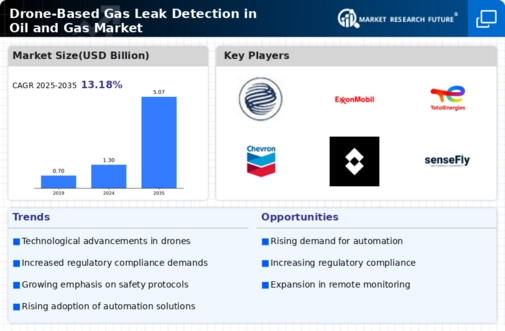
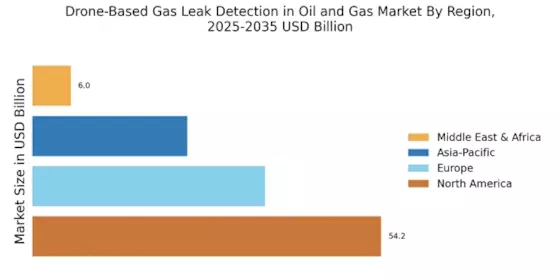
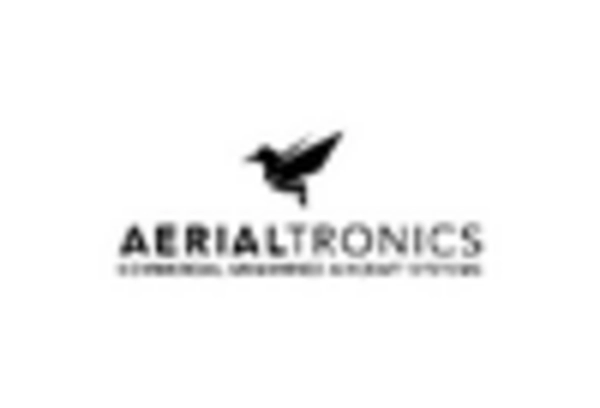
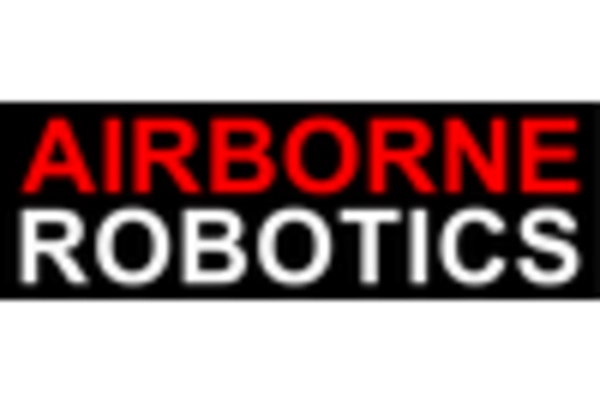


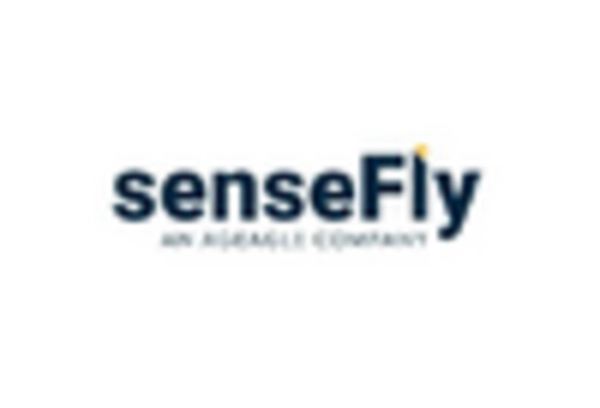









Leave a Comment